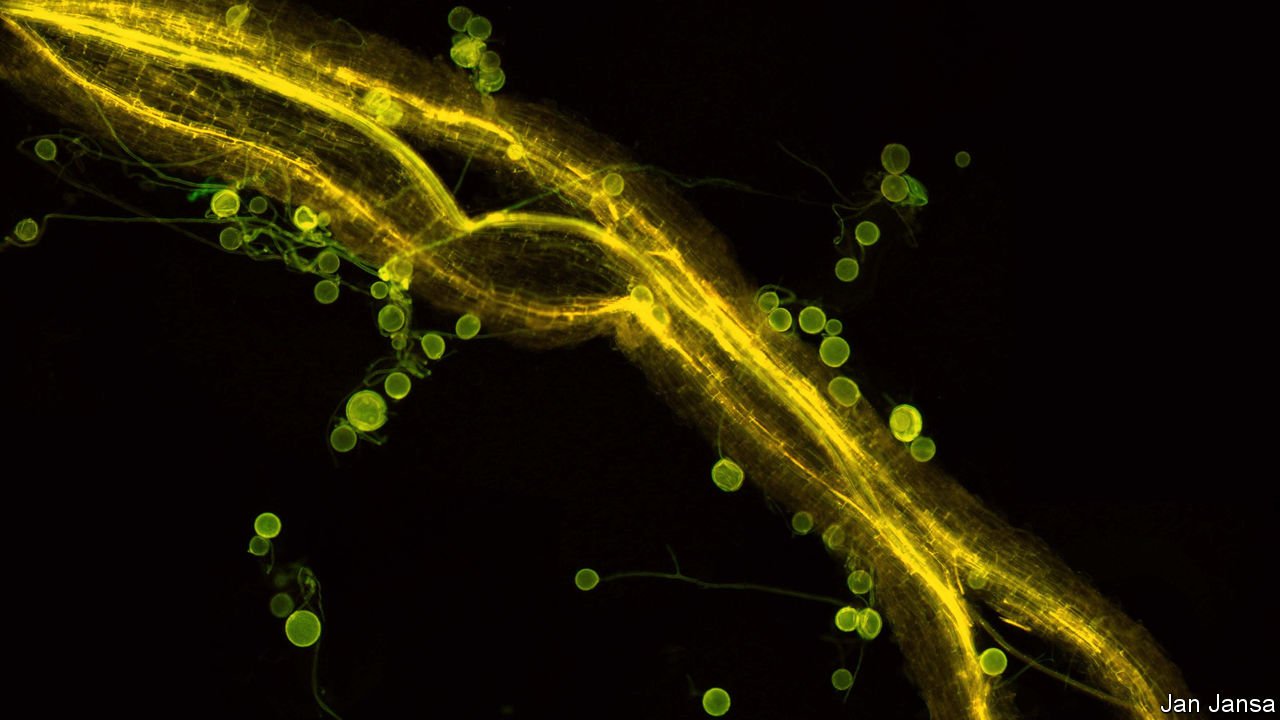Mycorrhizal Fungi: Nature’s Most Intimate Relationship
Before our planet was populated with plants, life was concentrated in the warm, nutrient-dense oceans. Land was a dry, rocky, inhospitable place. But the land offered something enticing and unavailable to those living in the ocean - unfiltered sunlight and a greater abundance of carbon dioxide.
Some of the first ancestors to venture onto the dry land looking to capitalize on these conditions were fungi, along with photosynthetic bacteria and extremophile algae. Around six hundred million years ago green algae, the direct ancestors of today’ plants began to move out of the oceans and onto dry land.
But these algae had no way to transport and store water and no way to extract nutrients from the solid rock. How did they survive? Through forging relationships with fungi.
These symbiotic relationships became the organisms we know as lichens. The algae partner can photosynthesize by turning sunlight and carbon from the atmosphere into sugars and lipids, the fungal partner can extract minerals from the rock and transport life-giving water. As these organisms died their decomposing bodies formed the first soils.
These early alliances between fungi and algae evolved into what we now know as mycorrhizal relationships, whereby plants host fungi inside their roots. 90% of plants alive today have mycorrhizal relationships. Plants can’t live on sugar and lipids alone, they need water and nutrients from the soil which are served to them by the fungi. The fungi in turn receive the products of photosynthesis from their plant partners.
These mycorrhizal relationships were well established around 50 million years before the first plant roots emerge in the fossil record. This intimate, co-creative relationship has been going on much longer than plants have been “plants” as we know them.
“What we call “plants” are in fact fungi that have evolved to farm algae, and algae that have evolved to farm fungi” (Rupert Sheldrake “Entangled life").
Autofluorescence micrograph of arbuscular mycorrhizal fungi (in green) colonizing roots (in brown) of its host-plant, Medicago truncatula. (A) are the hyphae constituting the extraradical mycelium (ERM). (Photo credit : Jan Jansa) from Duhamel, Marie. (2013). Evolution of cooperation and consequences of a decrease in plant diversity on the root symbiont diversity.
Mycorrhizal fungi can provide up to 80% of the nitrogen and 100% of the phosphorus needed by a plant. They also provide crucial elements such as zinc and copper, looked deep in the rock and unobtainable to plants alone. Crucially the fungal partners can transfer water to dry locations for the plants they support. In return plants tend to receive about 30% of the carbon they harvest for their fungal friends.
At this point the mycelium of mycorrhizal fungi accounts for between a third and a half of the living mass of our soil. But this living web is being decimated by agricultural practices that see soil as a lifeless substrate for plant growth. By tending to these mycorrhizal relationships we can not only grow more healthy plants in our farms and gardens but we also increase soil health for future generations of all members of our global ecosystems.
To learn more about mycorrhizal fungi and how to work in harmony with these fungal allies in your garden or farm join us for the one-day Masterclass: Mycorrhizals for Farm and Garden

